article
How Waagner-Biro came aboard
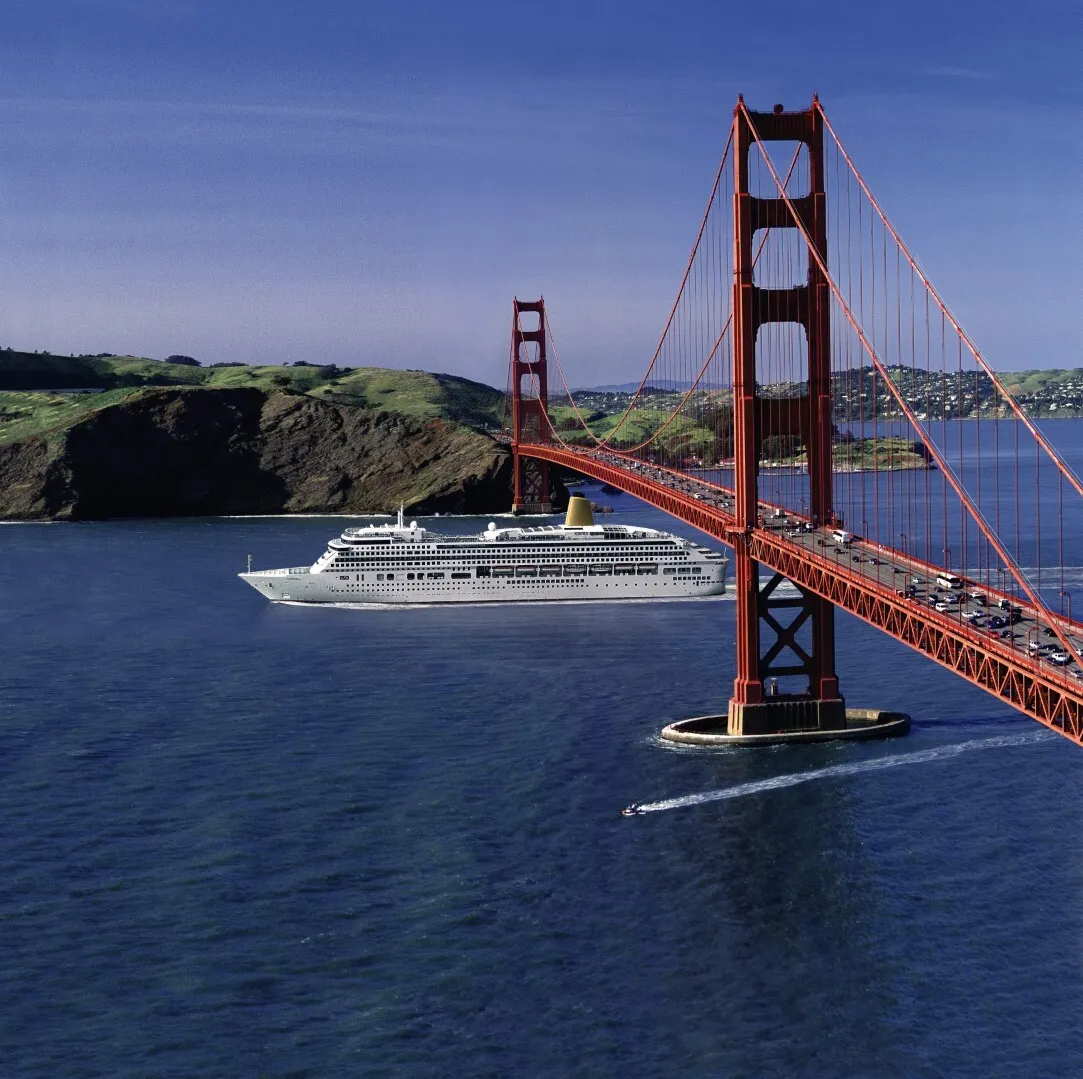
How Waagner-Biro came aboard and overcame their first challenges
A story by Fred Mäder
Reading Time: 4 min 44 sec
Let’s take a step back in time, a big step…. At that time, I was working in the stage technology division at Krupp Industrietechnik in Duisburg-Rheinhausen and we had already been realising the stage technology for the theatres on the cruise ships that were built at the Meyer shipyard in Papenburg (northern Germany) for several years. At the end of the 1990s, after the merger with Thyssen, Krupp decided to give up the Rheinhausen site and sell the stage technology to a gear manufacturer from Karlsruhe.
Hardly anyone felt at home here and the team was slowly thinning out. Our sales manager at the time was one of the first to jump ship and start his new career at Waagner-Biro Germany in Munich. At his new employer, he paved the way for stage technology on cruise ships and so it came about that Waagner-Biro, together with its English subsidiary TELESTAGE, worked on the tender for P&O from the UK.
The negotiations took place directly at P&O in Southampton. Both companies, newcomers in this sector, fought to win this first important contract. which was finally awarded in 1999. Our former sales manager reassured the senior managers at the time that "Mr Mäder and his colleagues were on board.
The beginning of a new era
It was AURORA that we newcomers, myself and two other colleagues, were to work on from 2 January 2000 in a newly furnished office in Duisburg-Rumeln. Right at the beginning of this era, we had to deal with a relatively large order at the time.
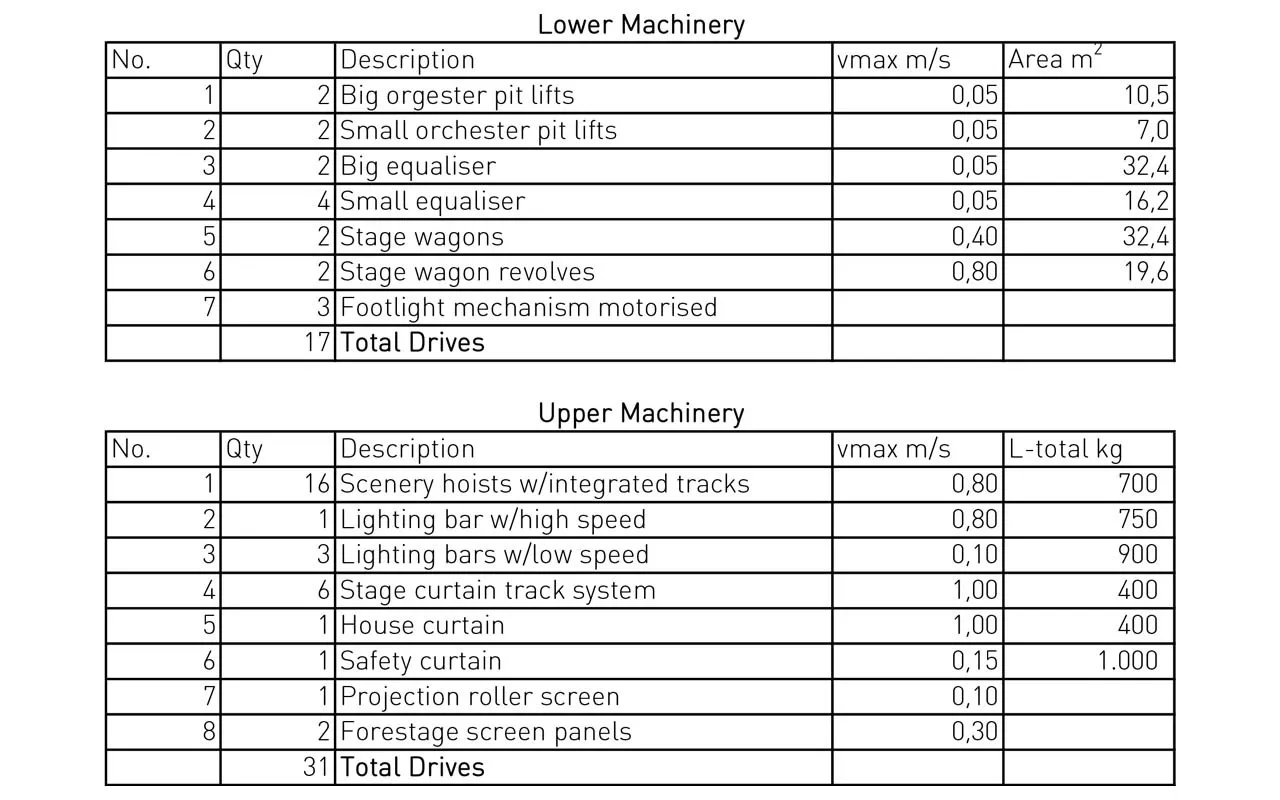
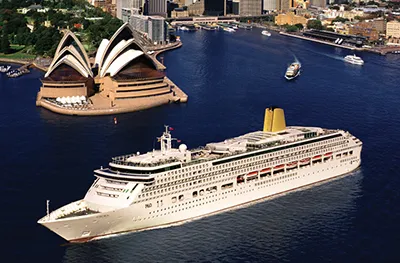
Picture left: The Main Theatre was equipped with the items listed in the above table. / Picture right: Aurora
The follow-up ships for RCCL, which we commissioned from Meyer Werft, were equipped with significantly less stage technology.
At the rear of the ship there was also a nightclub bar with two part stage. When extended, it provided a stage of 100 m². When the outer half of the stage was retracted, the dance floor was enlarged accordingly.
Waagner-Biro received the order for the AURORA relatively late in the entire project. The construction of the ship was now so far advanced that the planned heavy stage wagons could no longer be brought in through any access. We were asked several times to dismantle the stage wagons into smaller parts, which was no longer possible in this state of completion. We were then amazed when the shipyard began to burn a huge hole of approx. 6 metres in diameter at stage height in the outer wall, through which we were able to insert the finished stage wagons. Once this assembly was complete, the burnt-out piece of sheet metal was reinserted into the opening, the gap welded from the inside and outside and painted. There was nothing left to recognise of the whole operation.
This was not to be the only special feature of our first stage job on a new cruise ship.
SIL3, the safety concept, did not yet exist at that time. The main safety requirements were the double brakes, which had to be tested individually with a 25% overload. At that time, safety experts were the so-called "DNV ship class". Today, all theatres on ships are tested and approved by TÜV experts, just like on land.
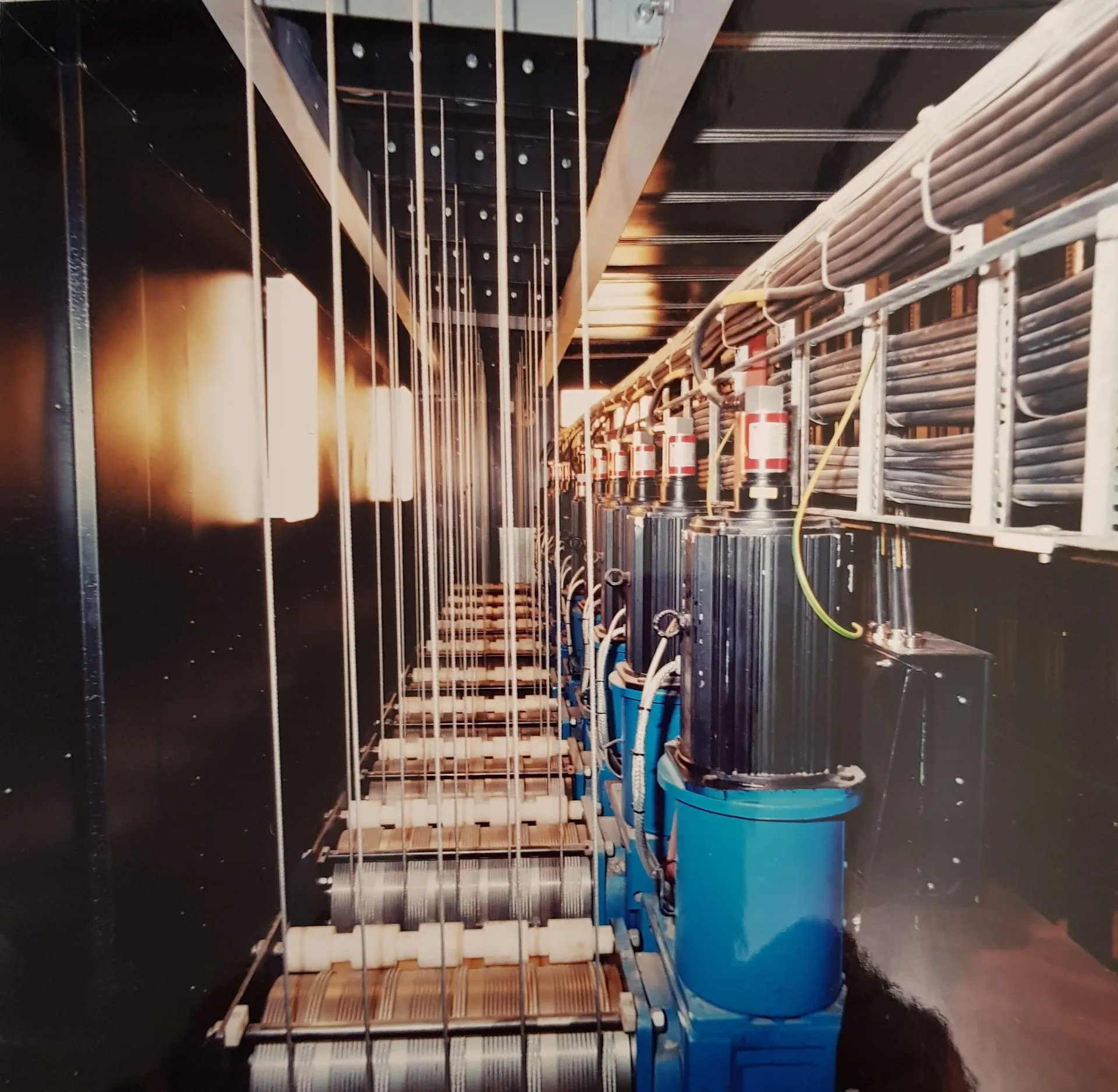
The 2nd orchestra podium was designed for the ship. As the Spiras always have to be under a preload, we had to find a solution for the ship, as lifting forces also occur when the ship "pitches" in heavy seas. To eliminate the risk of destroying the Spira, the orchestra podiums had to be locked in both end positions at the top and bottom. So for 4 platforms, each with 2 travelling locking bolts, a total of 16 adjustable locking holes had to be made in the fixed ship structure at the top and bottom.
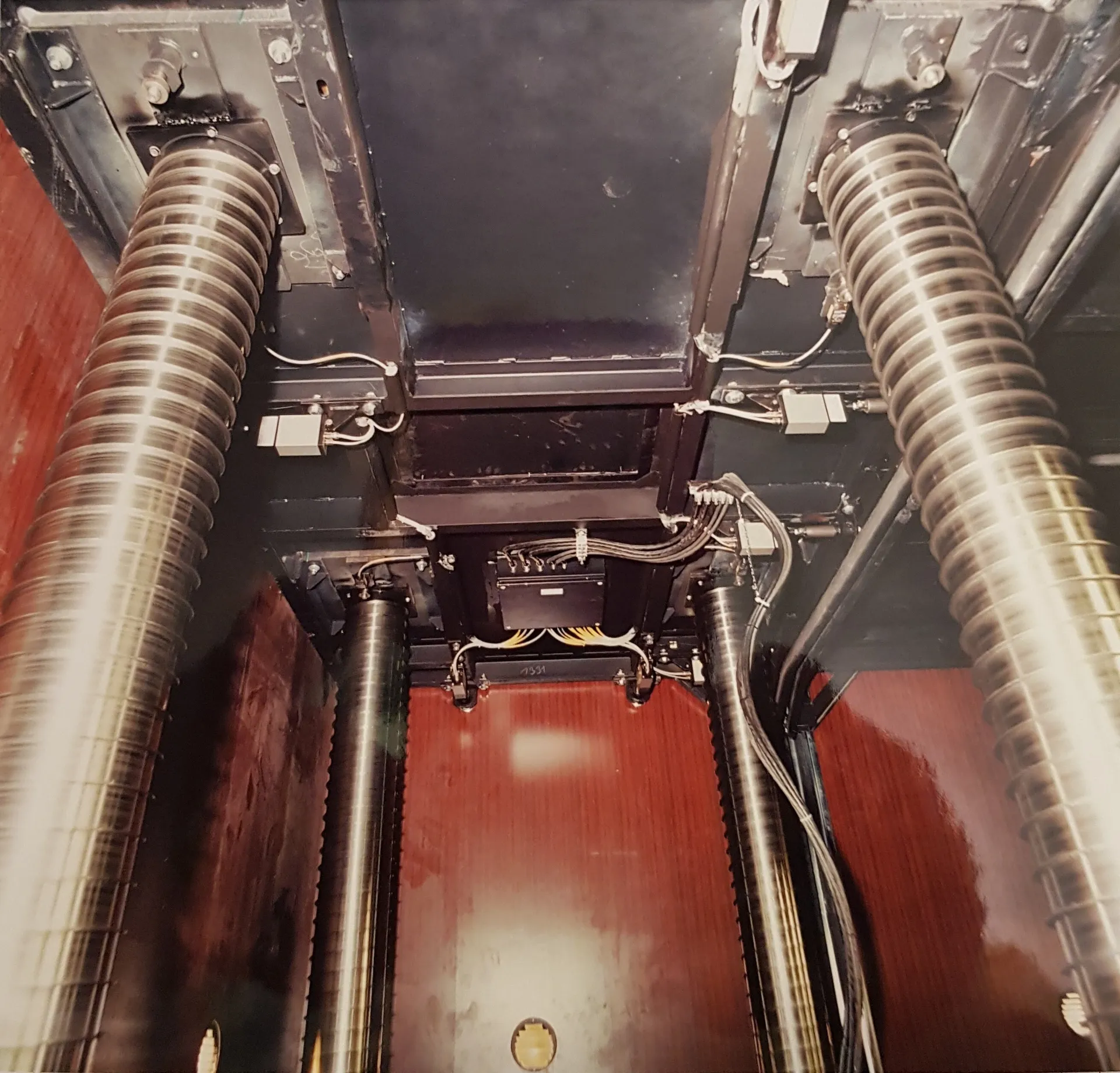
The Spiras have always to be preloaded.
The system was controlled by our partner company Guddland Digital, now Waagner-Biro Luxembourg. The then version C⋅A⋅T V3 was thus used on a ship's platform for the first time.
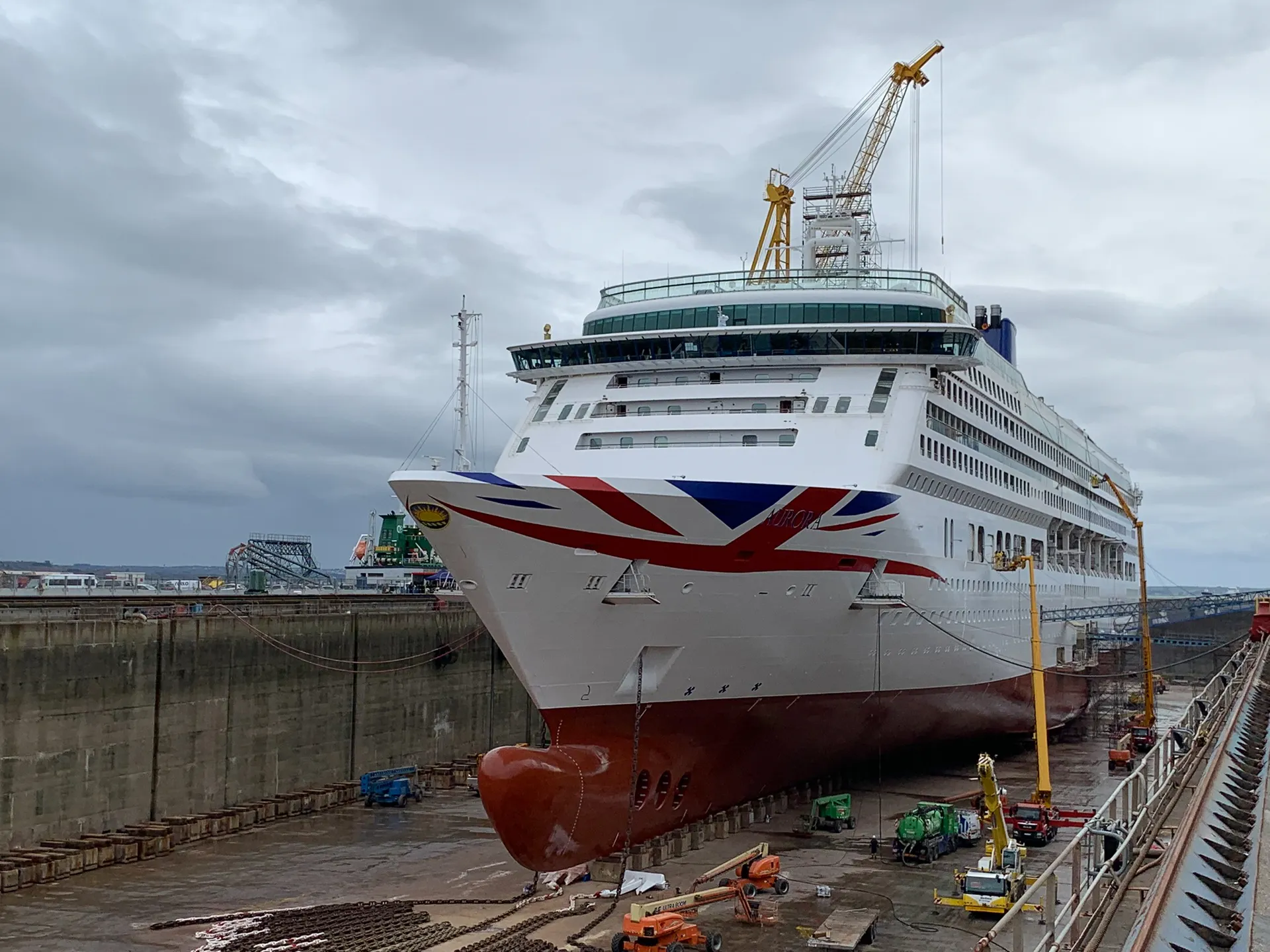
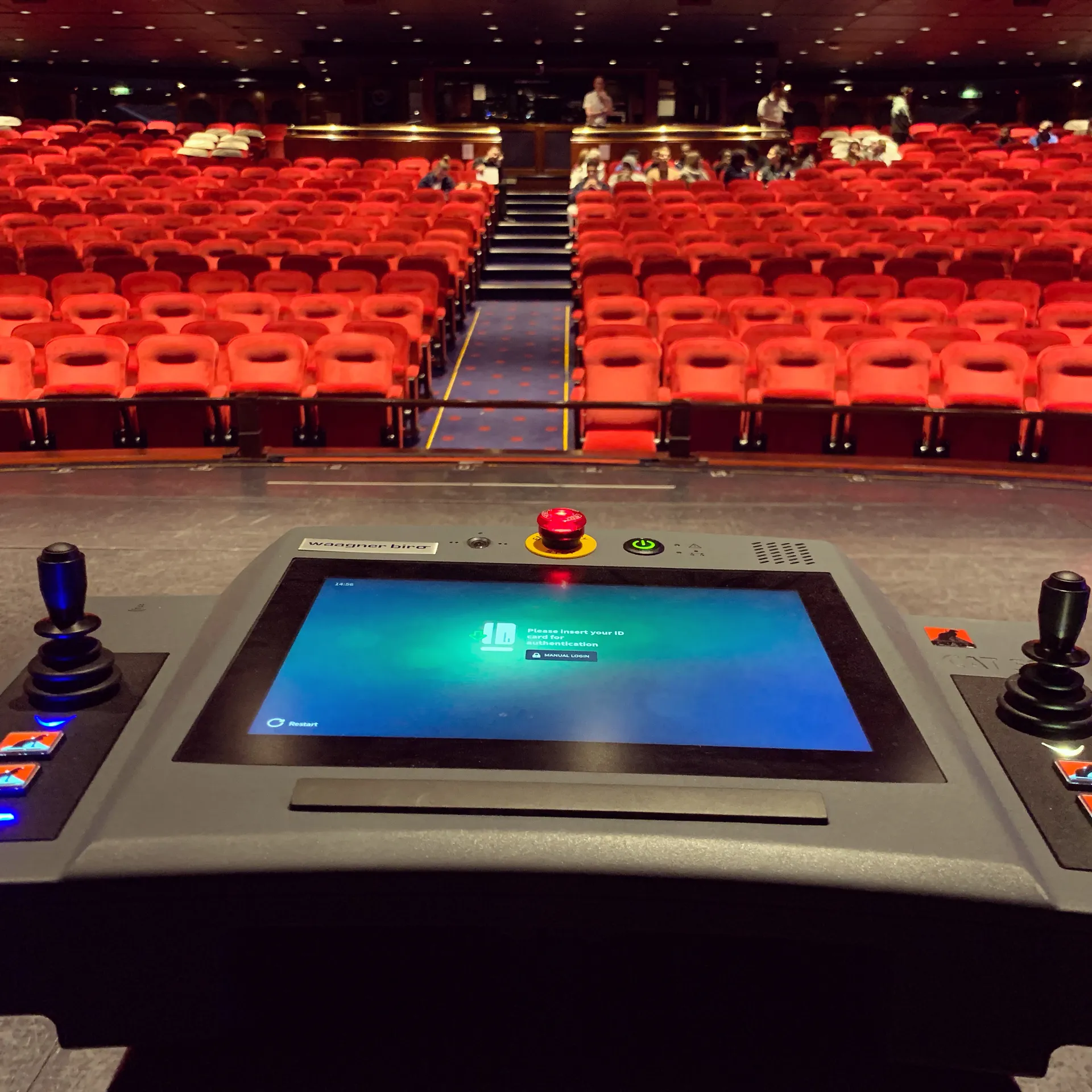
Control update in 2019 in dry dock
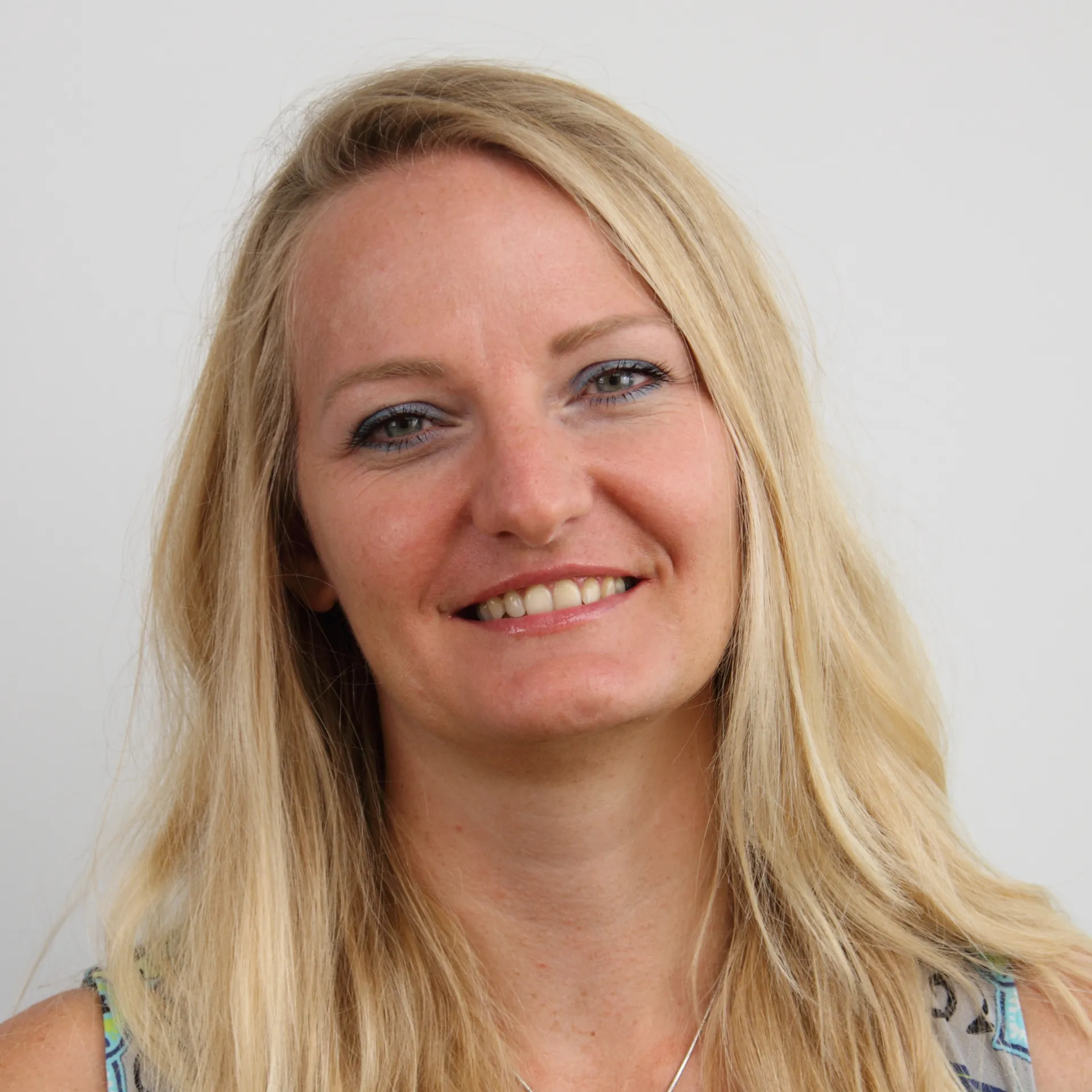 ©Waagner-Biro Stage Systems
©Waagner-Biro Stage SystemsInes Schwabl
Author
 ©Waagner-Biro Stage Systems
©Waagner-Biro Stage SystemsAngelika Albert-Knaus
Author
11/13/2025
Waagner Biro Stage